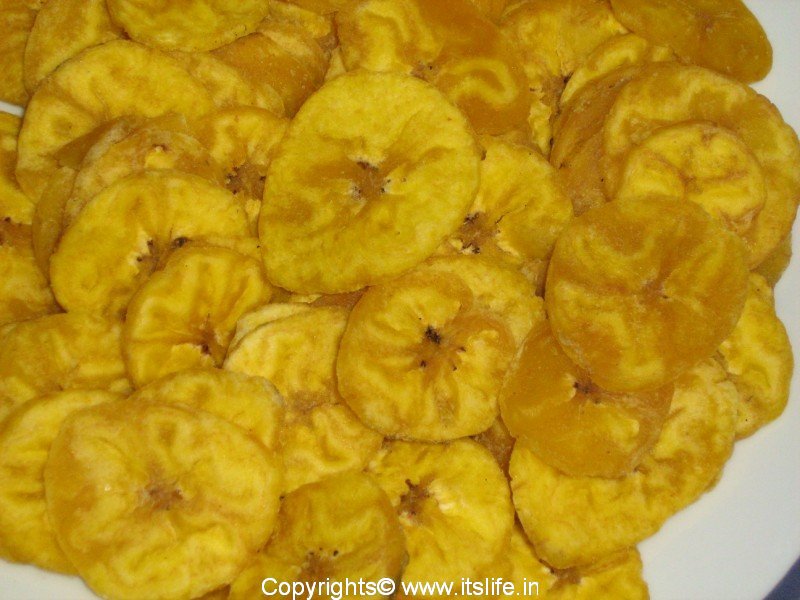Malluland is Kerala, a small state in Southern India famous for its Beaches and pseudo-ayurvedic massage centres. The language spoken by the dravidians in kerala is Malayalam and hence the other name Malluland. The subjects of Malluland are called Malayalis (or Malayalees) and in short form Mallus.
Whenever I have told my clasmates, college-mates and colleagues that I am from Malluland, I had always received the response (mostly from Mallus), "Really? But you don't look like the typical Mallu!" "You don't behave like a conventional Malayali!" This made me wonder how a typical mallu behaves or looks like. I have spent the most part of past one year in Kerala and I think I've partly found the answer or rather I've found what a Malayali's own opinion about another Malayali is when they talk about typical Mallness.
 | |||
| Mallu men wearing Lungi |
A typical Mallu guy should have a meesha (moustache) as if the meesha is the source of his virility. The guys without meesha are not considered as men, they are still the 'Paiyyans'( the adolescent ones). The Mallu guys are expected to be experts in wearing the 'lungis'. The lungis are the informal wear they wear at home. It similar to mundu which is a formal traditional wear. The lungis can be made of cotton or polyester or any cloth and comes in different colours while a mundu is usually made of cotton and white or cream colored. They are both just loin clothes which are tied without any belt or any support thereof and wonderfully stays in its place and seldom falls off. Though a lungi shows as much as bare legs as shorts (or even more), Malayalis look down upon wearing shorts. (And some men like my neighbour, do not bother to wear an underwear below the lungi and take pride in (un)knowingly flashing their teeny weeny at the neighbourhood girls). Men do not bother to wear a shirt or anything on top of the lungi and walks around topless (I know Kerala is hot and humid and they are topless in their houses, but isn't it decency to cover a fat flabby torso with male boobs just to hide your ugliness?).
I'm still figuring out the psyche of the Mallu males, but their mindset towards the women clan is that women are the slaves of men and they are supposed to be controlled by men. A man as a husband is a failure who cannot rule over his woman's body and mind. A man is very protective towards his sister or wife or daughters and virtually keeps them under house-arrest, denying them the pleasures of mingling with other mallu or non-mallu males, denying them the right to wear fashionable clothing and denying them the right to explore the world outside her home. (I wonder if Taliban men were Mallus once.)
A typical Mallu woman is expected to have curly oily hair with long tresses with a twig of tulsi leaves on her hair. I know what you guys are thinking. No, my hair doesn't stink of oil nor have I a stick of tulsi leaves on my hair. My hair is definitely curly but well shampooed and never oily. It borders on the dry and lifeless side. I don't know which is worse as my non-oiled hair get dishevelled fast and I have to always tie it up. I got over this problem by undergoing the hot process of straightening my hair. And I love every strand of my new improved straightened hair. (Thank you, whoever it was who discovered hair straightening).
A typical Mallu married woman is supposed to have a lot of gold on her body; gold chain, gold necklace, gold earrings, gold anklets, gold bracelets, gold loin-chains and so on. They are yet to wake up to the truth that platinum and diamonds are more expensive that the yellow metal.
The one thing I like about mallu women are that most of them are well-endowed with assets. (Even me, I'm a 36D. I would probably be a G but I couldn't find anything beyond D in Kerala). I've found that Malayali and Bengali women are well endowed and I wonder if it has anything to do with the communist governments. About the Mallu men's assets, sorry I'm not experienced to comment. But going by the sham ads of enhancing creams and tubings, I guess the Mallu junior is not very impressive.
And other thing about Mallus is that they cook exclusively in coconut oil. Starting from the fish curry to the pickles to the pappadams. The banana chips (and jack fruit chips) fried in coconut oil are a favorite of any Malayali and they simply relish them.
 |
| Banana Chips |
So this is all I've figured out in my one year of stay. And I'm wondering how can I marry the typical Mallu male? That would be disaster!
